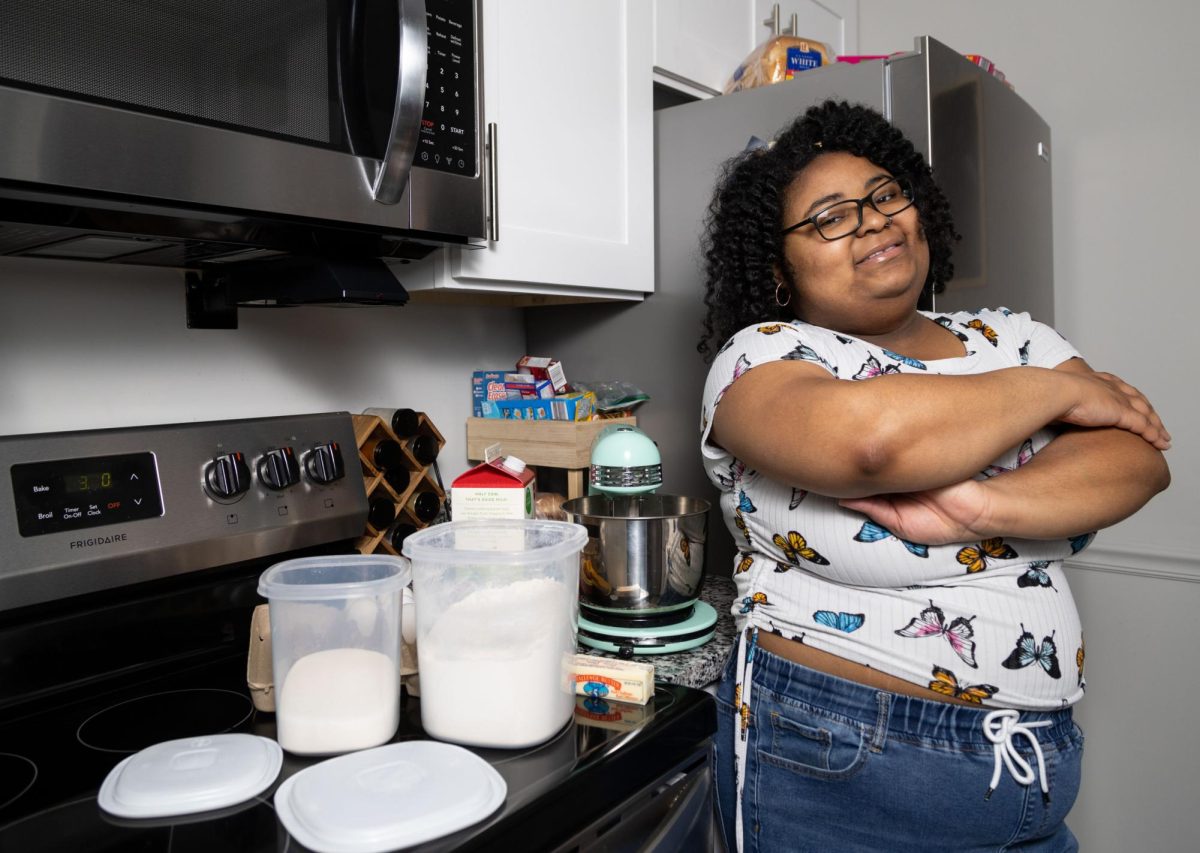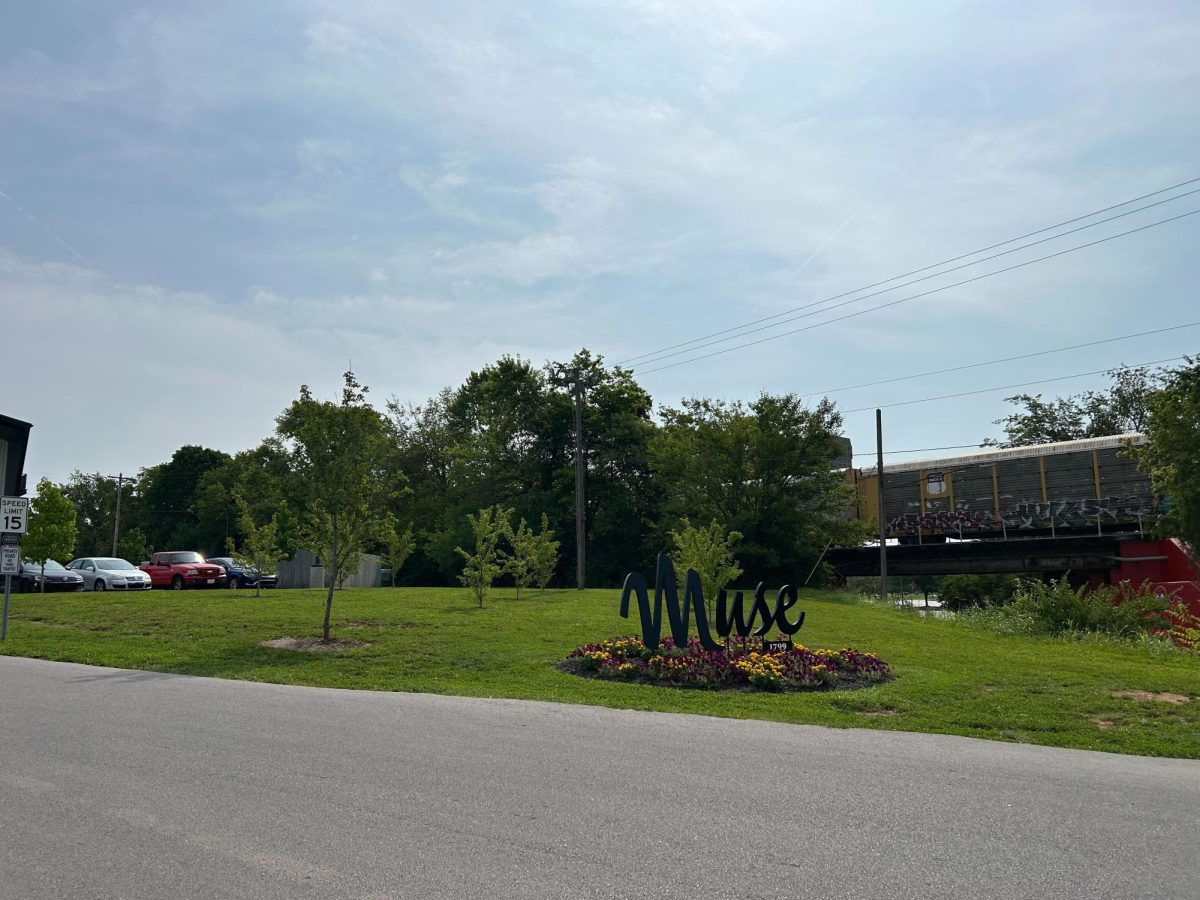Unpacking: Bathroom Bills
May 20, 2016
“Unpacking” is a new opinion series that attempts to break down larger issues into a broader context to allow for fuller understanding.
On Friday, May 13, the U.S. Departments of Education and Justice sent a letter to school districts across the nation informing them that transgender students should be allowed to use the bathroom which corresponds with their gender identity.
The letter stressed that while this guidance to school districts carried no legal weight, school districts must not discriminate against students based on gender identity.
“No student should ever have to go through the experience of feeling unwelcome at school or on a college campus,” John B. King Jr., the secretary of the Department of Education, said in a statement.
The two departments seem to be utilizing their jurisdiction in this matter via the interpretation of Title IX of the Education Amendments of 1972. An overview of Title IX can be found here.
The departments are arguing that the act also encompasses “discrimination based on a student’s gender identity, including discrimination based on a student’s transgender status.”
However, their “guidance” also contained a veiled threat. Schools who fail to comply with Title IX standards potentially risk lawsuits and the loss of federal funding.
Kentucky Gov. Matt Bevin released a statement on the issue calling the matter an “absurd federal overreach” and accusing the president of “not promoting unity.”
This issue has a lot of different branches to it, so I think it’d be for the betterment of everyone if we all sat down and unpack what all this means.
Why did the Departments of Education and Justice release this joint statement to begin with? According to Justice Department officials, this letter has been in the works for months, but the timing of its release seems almost too coincidental. On May 9, the Department of Justice sued the state of North Carolina for passing House Bill 2 in March.
Among various other facets of HB 2, the law prohibits people from using public restrooms not corresponding to the gender they were assigned at their birth. This is only one part of the bill. Other parts include issues regarding wages and employment for LGBT persons.
Back in February, the Charlotte City Council passed an LGBT nondiscrimination bill in a 7-4 vote. The passing of the ordinance meant Charlotte businesses couldn’t discriminate against LGBT customers in addition to already existing protections based on race, age, religion and gender.
Even when the ordinance was first passed, council members were cognizant that the passing of the expanded ordinance could potentially result in a fight with the North Carolina General Assembly.
The Charlotte City Council got just what they were expecting when North Carolina Gov. Pat McCroy signed HB 2 into law on March 23.
Not only does the law not allow transgender persons to be permitted to use public restrooms in accordance with their gender identity, it also overrides local LGBT non-discrimination ordinances throughout the state.
The manner in which the bill was presented was, in a word, ludicrous. Lawmakers presented the bill to committee, and less than 10 hours later it was signed into law. All of this was part of a special session many were against to begin with.
If you want a more detailed timeline of events following House Bill 2, I suggest watching this video produced in part by The Charlotte Observer.
But all this still begs the question – why transgender persons? Why did HB 2 target them specifically, and why is the debate over what bathroom they use so contentious?
The letter released by the Departments of Education and Justice describes transgender persons as “individuals whose gender identity is different from the sex they were assigned at birth.” Moreover, gender identity is referred to as the individual’s identified gender. This can differ from the sex determined at birth.
Susan Stryker, associate professor of Gender and Women’s Studies and Director of the Institute for LGBT Studies at the University of Arizona, offers another look into the identity of the transgender community.
“In any case, it is the movement across a socially imposed boundary away from an unchosen starting place—rather than any particular destination or mode of transition—that best characterizes the concept of “transgender,” she writes in her book “Transgender History.”
Seemingly the biggest issue with allowing transgender persons to use the bathroom that corresponds to their gender identity is the mystifying claim that sexual assaults in public restrooms will skyrocket. More specifically, that those born male can throw on a dress, claim to be female and gain access to bathrooms.
There’s no evidence to support that allowing transgender persons to use the restroom corresponding with their gender identity, or gender-inclusive restrooms, results in increased rates of assaults, no matter what viral article you see on Facebook is circulating at the time.
Jody Herman, a public policy scholar at the UCLA School of Law’s Williams Institute (a research group focusing on sexual orientation and gender identity law and policy) said the institute is currently working on a study to learn if extending public accommodation rights to transgender persons leads to more predatory crimes.
Herman, in an interview with NPR, said early indicators of the study are pointing towards no.
“As far as we know there hasn’t been some sort of, you know, devolving into chaos in restrooms,” he said.
In fact, it’s transgender persons that are at greater risk of violence both inside and outside the bathroom.
According to the Office for Victims of Crime, one in two transgender persons are sexually abused or assaulted at some point in their lives. The 2011 “Injustice at Every Turn: A Report of the National Transgender Discrimination Survey” found that 12 percent of transgender youth report being sexually assaulted in K–12 settings by peers or educational staff.
“Transgender Adults’ Access to College Bathrooms and Housing and the Relationship to Suicidality,” a study by Kristie Seelman, assistant professor in the School of Social Work at the Andrew Young School of Policy Studies at Georgia State University, studied whether being denied access to public spaces, such as restrooms, is associated with lifetime suicide attempts.
“Findings from sequential logistic regression (N = 2,316) indicate that denial of access to either space had a significant relationship to suicidality, even after controlling for interpersonal victimization,” the study states.
The issues facing transgender persons are beginning to enter the public spotlight of policy and politics here in America. These issues also go beyond public restrooms and public spaces.
The transgender community not only faces high rates of suicide but also high rates of poverty, discrimination in the workplace, homelessness, housing discrimination and health care discrimination.
Yes, some people will say that America is too busy discussing what bathrooms people use while there are other threats out there such as the Islamic State, climate change or the 2016 presidential election.
But I will remind you that all of these issues facing the transgender community – poverty, suicide and discrimination in regards to health care, housing and work – are just as threatening.
North Carolina passed a bill in 10 hours which had resounding effects on a marginalized group of people, and the larger LGBT community as well. Legislation that is deliberated, passed by committees and signed into law under 10 hours that affects people in what spaces they occupy, the wages they receive and rights they have for employment is unacceptable.
North Carolina needs to strike down the entirety of HB 2, and other state and local bodies of government should also cease legal attempts to regulate public restrooms and passing them off as half-cooked safety concerns.






















